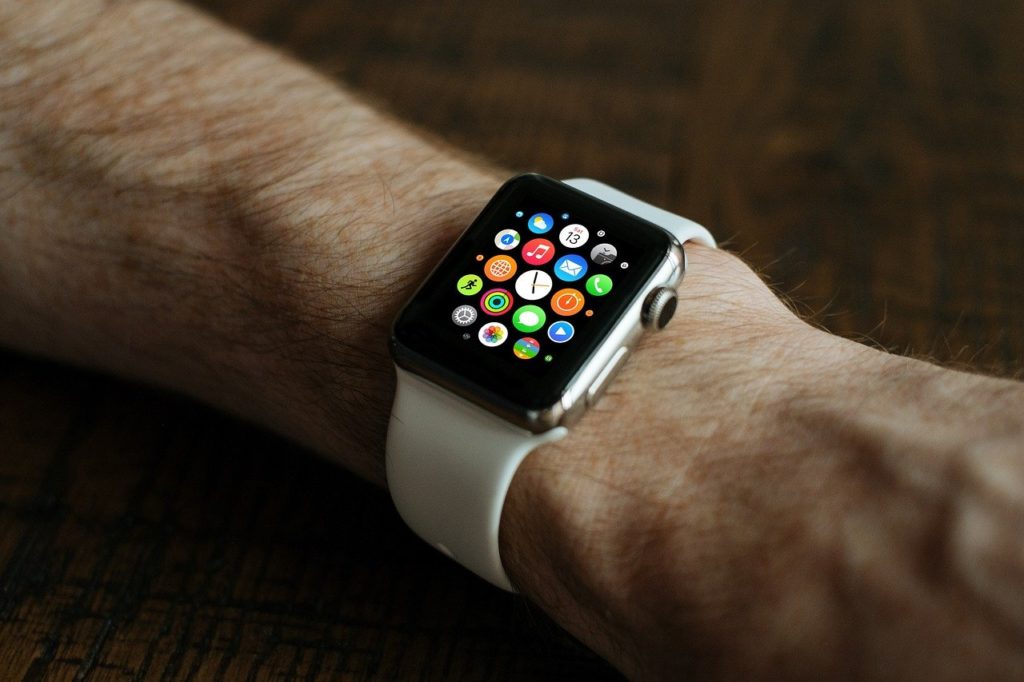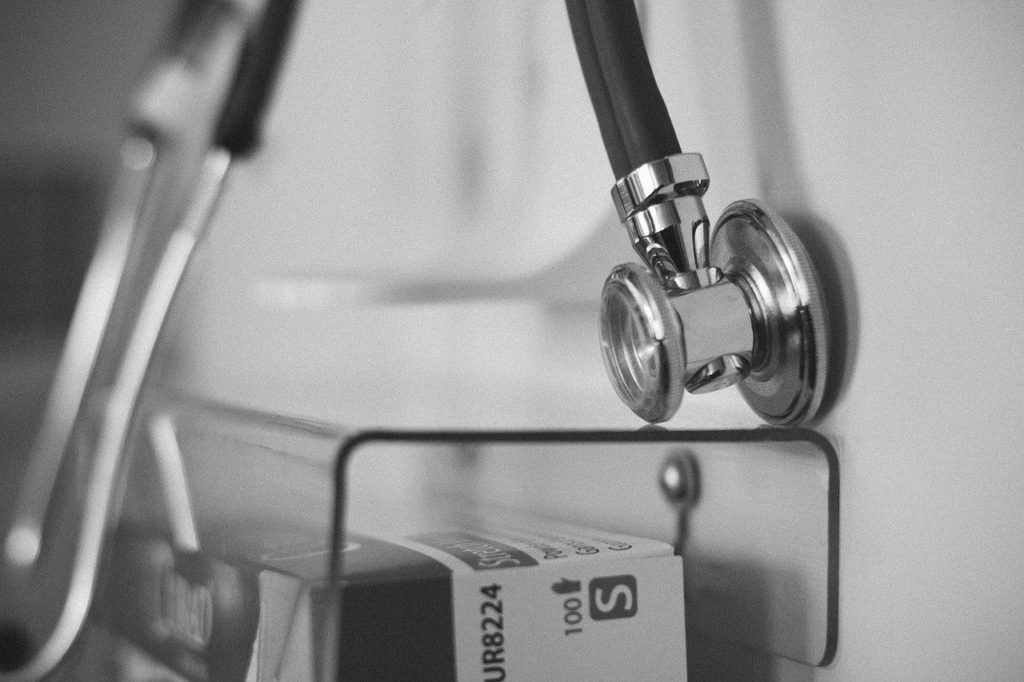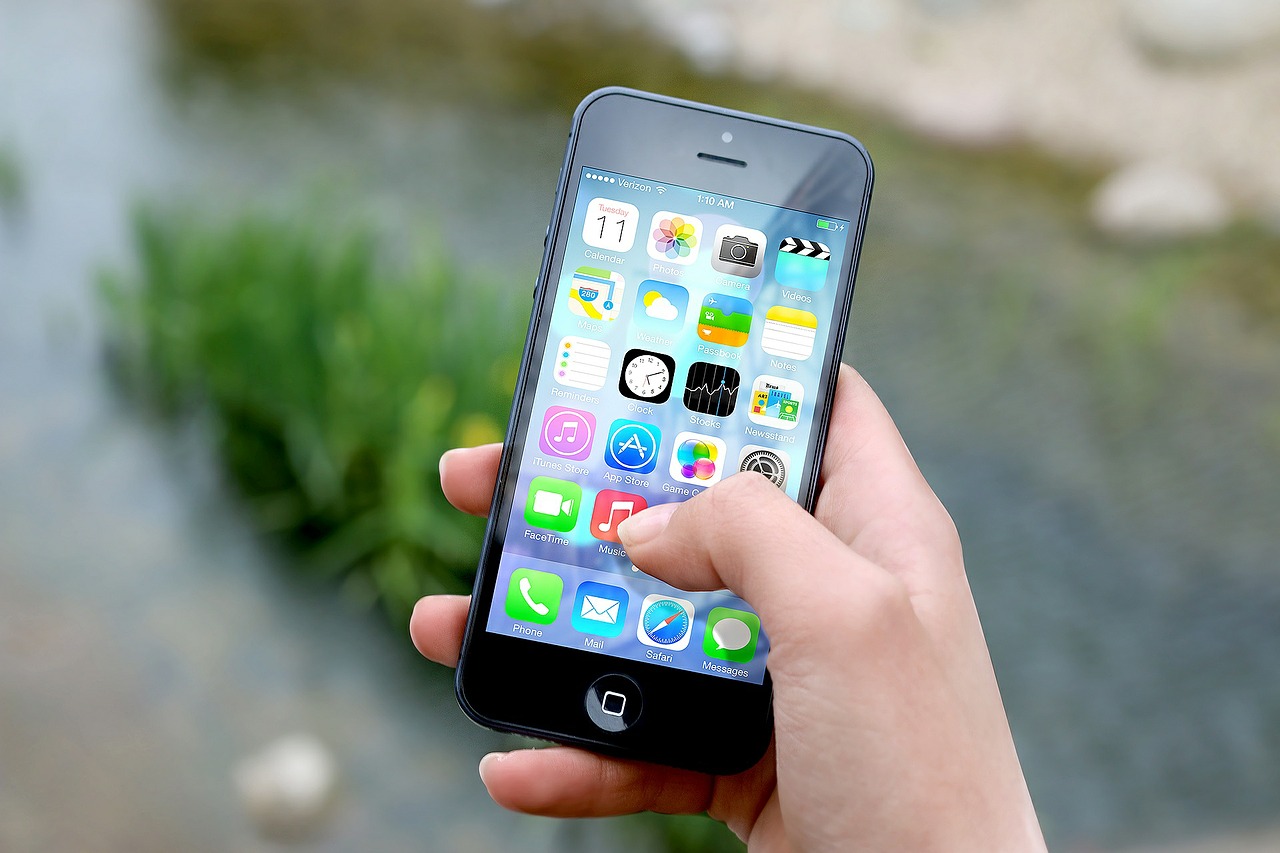As digital health and telehealth solutions continue to work their way into the health care industry, new methods of improving the patient experience and boosting the health of patients continue to emerge on the scene daily. One particular area of health care, digital health solutions, could help to solve the issue of patients who are not compliant in taking their medications. It is often difficult, if not impossible, to guarantee that patients are taking their prescription medications on time and with appropriate regularity, which makes it difficult for physicians and other health care providers to ensure that patients’ needs are being met at follow-up appointments and across different providers. In many cases, physicians don’t actually know all the medications that a patient is being prescribed, particularly if they are seeing more than one health care provider for different issues. Digital health could potentially help to improve the ability of medical practitioners to access all of a patient’s health and prescription medication data in one place, rather than have to search for it.
In many cases, patients fail to take their medications because they simply feel that they are taking too many pills, or they have difficulty in remembering to take their prescribed medications each day. Particularly for medications that need to be taken at the same time every day, this can negatively impact a patient’s health and any positive results they might see from the prescribed medications. But digital health solutions are poised to improve medication adherence in a number of ways.
Mobile Apps Centered around Medication

Mobile apps that are designed to help patients track their health are already available in abundance, often for free. In addition to monitoring food and caloric intake, the amount of water consumed throughout the day, and exercise, these apps can also help to track patients’ medications, record when they were taken, and issue reminders so that patients will be sure to take them on time. While these are useful tools, it is virtually impossible to track whether or not a patient is 100% adherent to their medication schedule. Some patients may note that they have taken their pills without actually following through. Chronic conditions such as high blood pressure or diabetes can also be monitored through health mobile apps, allowing patients to record their levels throughout the day and track trends in their personal health. Data of this type can be hugely beneficial to any supervising physician.
Smart Pill Bottles and Packaging Systems
The health care industry is no stranger to the Internet of Things. Medical devices have been integrated with technology more regularly, allowing the communication of data between various devices to occur much more easily. Pill bottles and packaging systems for medication are also starting to be outfitted with technology to help track when patients take their pills. Sensors located in the caps of certain pill bottles can detect when the bottle was opened and record when patients last took their pills. Other bottles have sensors that track the weight of the remaining pills to detect when the medication was taken. Again, while useful, these solutions present some difficulties. While it’s possible to track when the bottle was opened, that does not necessarily mean that the pill was actually consumed. There is also a cost factor involved, as the smart pill bottles can prove expensive for patients who take multiple medications. Systems that track when the pills were removed from the packaging are more useful for patients who take multiple medications, as all the pills can be added to one system. Again, they can prove expensive, and it’s impossible to know for sure if the medications were actually taken rather than just removed from the package.

Bioingestible Sensors in Medications
Due to technological changes, it’s possible to actually embed a sensor in drugs that are taken orally. When the pill dissolves (along with the sensor), an alert is sent to a patient’s mobile device and then transmitted to the prescribing physician. A wearable patch worn by the patient tracks when those particular medications were taken, working in conjunction with the bioingestible sensors. Due to the newness of this technology, it’s not yet possible to determine what the average cost is for patients. While the technology can definitively track medication adherence, it is not yet possible to prove that the use of bioingestible sensors will indeed improve adherence. The first FDA-approved medication containing these types of sensors was Abilify MyCite, which was approved in November 2017. Chemotherapy drugs have begun to incorporate bioingestible sensors more recently, as well. Chemotherapy often requires patients to take anywhere from eight to ten pills every day for two-week cycles. These complicated routines can prove confusing and cause patients to struggle to adhere to their prescriptions.
The hope is that the use of digital intervention can help patients to become more engaged in their treatment plans by providing personalized feedback, thereby helping to confront the issue of noncompliance through prescription medications. Perhaps someday the problem could be eliminated completely as technology continues to improve.

